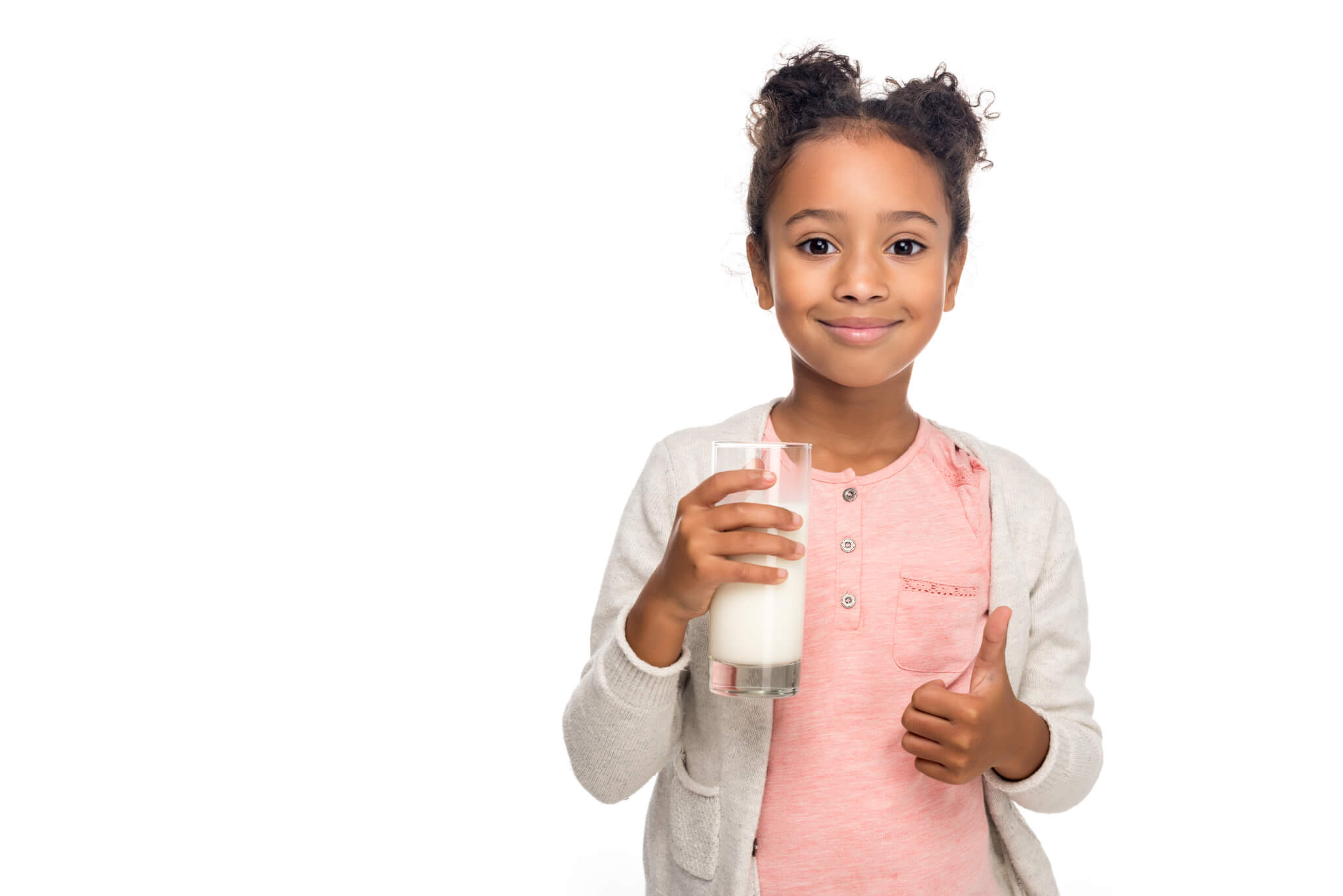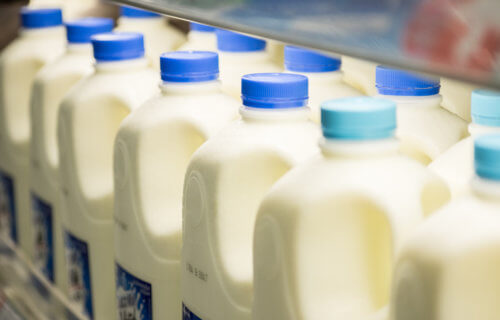There’s endless discourse and debate about the health benefits (or lack thereof) of dairy milk. Here’s the truth: all varieties of dairy milk have health benefits. Whole, reduced fat, low fat, and skim all provide different boosts. So, what sets them all apart from each other?
Cow’s milk has been a staple in households around the world for years. While it’s still popular, people have started to opt for plant-based milk options more than at any other time in history. Real dairy gets a bad rep. People have veered away from it for many reasons recently, but most notably, people are concerned about it possibly being harmful to the body.
While some studies have shown that milk can be pro-inflammatory and drive conditions like heart disease, evidence remains inconclusive at best. On the other hand, other studies on milk have shown that it reduces diseases like diabetes, strengthens bones, and actually promotes a healthy heart.
There are so many different types of milk in the dairy aisle, though. What do all those labels mean? Let’s break it down:
Whole milk
Whole milk is the “OG” for American families, and the closest you’ll get to what comes right out of the cow. This milk is 3.25 percent milk fat, the highest fat percentage of all milk choices. Its fat contains nine calories per gram, so more fat will make for a higher-calorie milk. In a one-cup glass, you’ll find 150 calories and eight grams of fat. While you may be concerned about the fat content in whole milk, research consistently shows that not all fats are created equal and that fats support a lot of our body’s functions, such as hormone regulation.
The higher fat content can also increase satiety, helping you feel fuller. Therefore, if you have no health concerns, whole milk can be a great choice. Some of the main nutrients found in milk are vitamins A, D, E, and K. These are all fat-soluble, meaning that they absorb more efficiently when fat is present, like that found in whole milk.

Reduced fat milk
The milk fat in reduced-fat milk is 2%, which does not mean that a cup of milk has 2% fat. It means that the total milk fat is 2% of the total weight. This milk contains all of the same nutrition as whole milk but with less fat. If you’re someone who medically needs to decrease their fat intake or just prefers it for any number of reasons, this is a happy medium.
Low-fat milk
By weight, low fat has 1% milk fat. This milk has close to two grams of fat with 100 calories per one cup. If you are looking to have the least amount of fat possible without completely cutting it out, this is definitely the milk for you.
Fat-free milk
Otherwise known as skim milk, this option only has 80 calories. People often think that this milk is just watered down to lower the fat content, but it is nutritionally still intact. This option is great if you want to completely slash the fat, but keep in mind that the fat-soluble vitamins won’t be as available for your body to absorb because there isn’t any fat to help do that. As long as you drink it alongside some sort of fat from another part of your meal, there isn’t a need to worry.
Bottom line
Fat isn’t an enemy, and we actually all need it. Just as with anything else, we don’t need it in excess. Unless you medically require it, there isn’t a “best milk” for health if you are otherwise eating a varied and healthy diet rich in all kinds of nutrients. Just know that the lower you go in fat, the less likely you are to absorb nutrients (like vitamin D) that need fat to metabolize correctly.
You might also be interested in:
- A Dietitian’s Take: Is grass-fed beef healthier than regular beef?
- A Dietitian’s Take: Debunking 5 of the biggest nutrition myths online
- Dairy dominates? Plant-based alternatives don’t measure up to nutrition of cow’s milk


Shyla Cadogan, RD. Who paid you to promote Milk ? !!!!! Non-Veganism is Torture, Murder & Destruction of the Earth ! I have been VEGAN since 2009. I know the Facts ! You must be desperate for a job ! Can you say, Go VEGAN or we all Die ? !!🌱
You can also say whole milk is 97% fat free
We still have Full fat milk sold here in NZ too
There is definitely scientific controversy regarding the health risks and benefits associated to adult consumption of dairy cow milk. Some of that controversy goes to the milk solids themselves while other debates center on fat content. Not addressed here, there are also potential health differences between organic and non-organic milk, and some of the controversy is associated to one’s individual cardiovascular condition and other factors.
Nonetheless, the scientific slant of this article, especially its treatment of dairy fat, is decidedly pro-dairy, which makes me want to ask the author for a conflict-of-interest declaration.
As one example of bias, the article points to scientific evidence that consuming cow milk can slightly reduce the risk for acquiring Type-2 Diabetes. In fact, the evidence, which is itself slightly controversial, suggests this may be true only for non-fat milk. To quote one meta-review in the National Institutes of Health library (link below):
“Although most of the existing evidence suggests a beneficial role
of dairy consumption on risk of T2D, only low-fat dairy foods and
yogurt have shown a significant and consistent role, while other
dairy products showed no association with prevention of T2D.”
There is definitely scientific controversy regarding the health risks and benefits associated to adult consumption of dairy cow milk. Some of that controversy goes to the milk itself while other debates center on the fat content. Not addressed here, there are also potential differences of interest between organic and non-organic milk, and some of the controversy is associated to one’s individual cardiovascular condition and other factors.
Nonetheless, the scientific slant of this article, especially its treatment of dairy fat, is decidedly pro-dairy, which makes me want to ask the author for a conflict of interest declaration.
As one example of the slant, the article mentions Type-2 diabetes, suggesting scientific evidence that cow milk reduces the risk slightly. In fact, the evidence, which is itself slightly controversial, suggests this is true only of non-fat milk. To quote one meta-review in the National Institutes of Health library:
https://www.ncbi.nlm.nih.gov/pmc/articles/PMC8026335/